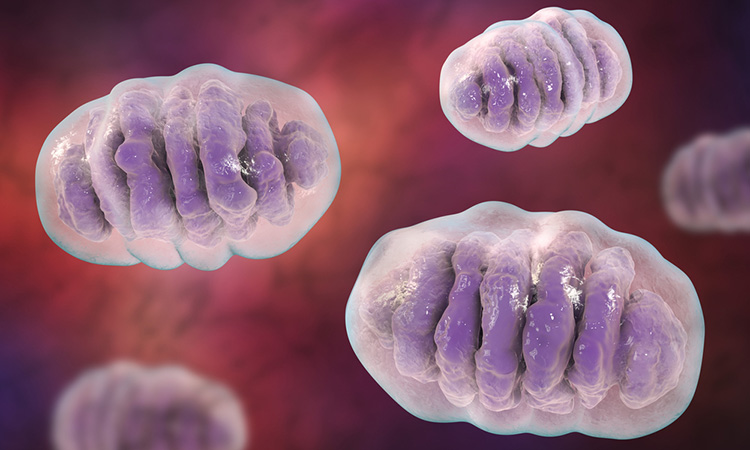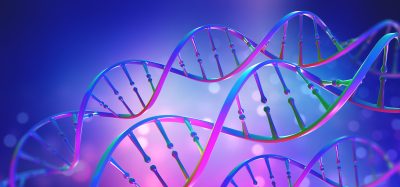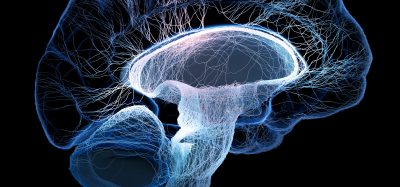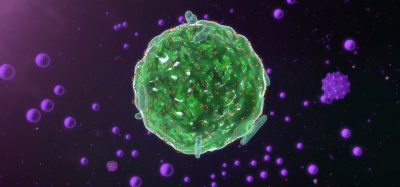Defective mitochondria could be repaired using gene-editing techniques, study finds
Posted: 18 March 2022 | Ria Kakkad (Drug Target Review) | No comments yet
Researchers have shown that it could be possible to modify the mitochondrial genome, paving the way for new treatments for incurable mitochondrial diseases.

Researchers from the University of Cambridge, UK have shown it is possible to repair defective mitochondria using gene-editing techniques in live mice. The breakthrough, which was recently published in Nature Communications, is a step toward new treatments for incurable mitochondrial diseases.
Faults in mitochondrial DNA can affect how well the mitochondria operate, leading to mitochondrial diseases, serious and often fatal conditions that affect around one in 5,000 people. Usually, more than 60 percent of the mitochondria in a cell need to be faulty for the disease to emerge and the more defective mitochondria a person has, the more severe their disease will be. If the percentage of defective DNA could be reduced, the disease could potentially be treated. A cell that contains a mixture of healthy and faulty mitochondrial DNA is described as ‘heteroplasmic’. If a cell contains no healthy mitochondrial DNA, it is ‘homoplasmic’.
In 2018, a team from the MRC Mitochondrial Biology Unit at the University of Cambridge used an experimental gene therapy treatment in mice and were able to successfully target and eliminate the damaged mitochondria DNA in heteroplasmic cells, allowing mitochondria with healthy DNA to take their place. Although this research was promising, the technique would only work in cells with enough healthy mitochondrial DNA to copy themselves and replace the faulty ones that had been removed. Furthermore, it would not work in cells whose entire mitochondria had faulty DNA.
In their latest research, the team used a biological tool known as a mitochondrial base editor to edit the mitochondrial DNA of live mice. The treatment was delivered into the bloodstream of the mouse using a modified virus, which was then taken up by its cells. The tool looked for a unique sequence of base pairs: combinations of the A, C, G and T molecules that make up DNA. It then changed the DNA base (in this case, changing a C to a T), highlighting the tool could correct certain combinations that cause the mitochondria to malfunction.
There are currently no suitable mouse models of mitochondrial DNA diseases, so the researchers used healthy mice to test the mitochondrial base editors. However, the research shows that it is possible to edit mitochondrial DNA genes in a live animal.
“There is clearly a long way to go before our work could lead to a treatment for mitochondrial diseases. However, it shows that there is the potential for a future treatment that removes the complexity of mitochondrial replacement therapy and would allow for defective mitochondria to be repaired in children and adults,” concluded Dr Michal Minczuk, an author of the study.
Related topics
Disease Research, DNA, Drug Targets, Gene Testing, Genome Editing, Genomics, In Vivo, Research & Development, Targets, Therapeutics
Related conditions
mitochondrial diseases
Related organisations
MRC Mitochondrial Biology Unit at the University of Cambridge, University of Cambridge
Related people
Dr Michal Minczuk







